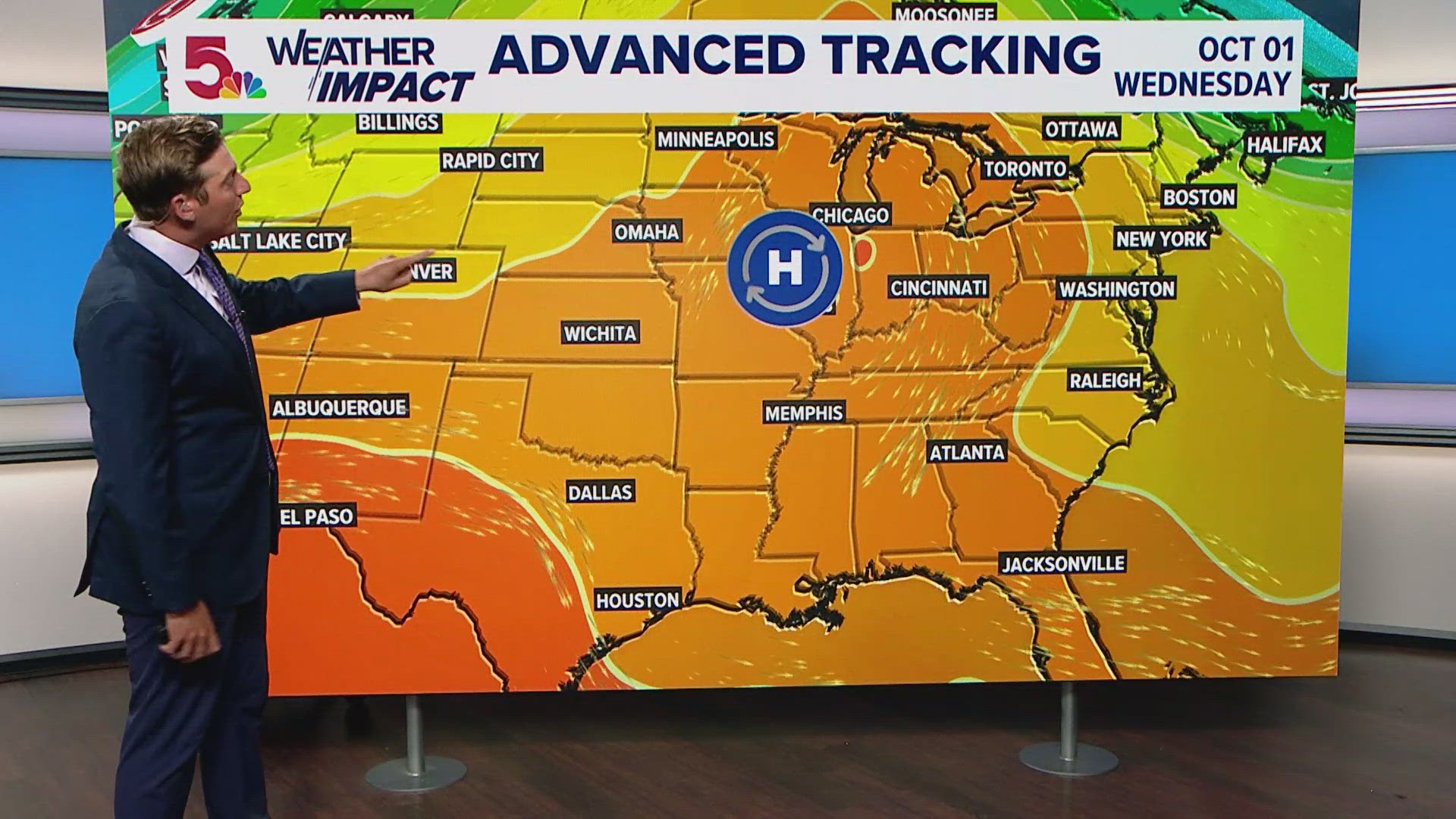Report on the Wildlife Conservation Society 2025–2030 Coral Reef Conservation Strategy
Introduction: Aligning Coral Reef Conservation with Global Sustainable Development
Coral reef ecosystems are critical to achieving multiple Sustainable Development Goals (SDGs). Despite covering less than 1% of the ocean floor, they support over 25% of all marine biodiversity and provide essential goods and services to nearly one billion people. The health of these ecosystems is directly linked to:
- SDG 14 (Life Below Water): As hotspots of marine biodiversity.
- SDG 1 (No Poverty) and SDG 2 (Zero Hunger): By providing food security and livelihoods for coastal communities.
- SDG 13 (Climate Action): By acting as natural barriers against extreme weather events.
The Wildlife Conservation Society (WCS) has launched its 2025–2030 Coral Reef Conservation Strategy as a framework to address the interconnected crises of climate change, biodiversity loss, and systemic health decline. The strategy presents coral reef conservation as an integral solution for advancing the 2030 Agenda for Sustainable Development.
Strategic Focus: High Integrity Climate-Resilient Coral Reefs (HICOR)
The central focus of the WCS strategy is the identification and protection of High Integrity Climate-Resilient Coral Reefs (HICOR). These are reef systems possessing sufficient live coral cover, species diversity, and fish biomass to resist and recover from climate-related impacts such as mass bleaching events. This approach is a direct response to the escalating climate crisis, which has already resulted in the loss of approximately half of the world’s live coral, severely undermining progress on SDG 13 and SDG 14.
By prioritizing HICOR, the strategy aims to secure climate refugia that can serve as foundations for the recovery of global marine ecosystems, ensuring the long-term viability of marine resources for future generations.
Core Strategic Goals and Contribution to the 2030 Agenda
The strategy is structured around three primary goals designed to create a comprehensive, science-based, and collaborative conservation model.
Goal 1: Identification and Understanding of HICOR
This goal focuses on applying cutting-edge science to locate and map the world’s most climate-resilient reefs. This foundational research provides the evidence base for targeted conservation investments and policy decisions, directly supporting the implementation of SDG 13 and SDG 14 through informed action.
Goal 2: Safeguarding Reefs through Integrated Conservation Action
WCS will implement diverse and integrated conservation measures to protect identified HICOR. This goal directly contributes to specific SDG targets, including:
- SDG 14.2: Sustainably manage and protect marine and coastal ecosystems.
- SDG 14.5: Conserve at least 10% of coastal and marine areas through the establishment of marine protected areas.
Actions such as pollution reduction and co-management of fisheries will also bolster community resilience, contributing to SDG 1 (No Poverty) and SDG 2 (Zero Hunger).
Goal 3: Fostering System-Level Change through Global Collaboration
This goal aims to connect people and institutions to drive systemic change in policy and practice. It embodies the principles of SDG 17 (Partnerships for the Goals) by mobilizing governments, Indigenous Peoples, Local Communities, and the private sector. A key objective is to integrate HICOR protection into national climate and biodiversity strategies, strengthening national commitments to SDG 13 and SDG 14.
Key Performance Indicators and Targets for 2030
WCS and its partners have established specific, measurable targets to be achieved by 2030, each reinforcing the Sustainable Development Goals.
- Deliver a new global map of HICOR: This will guide global investment and policy to effectively meet SDG 14 targets.
- Ensure at least 30 new marine protected areas include HICOR: A direct and measurable contribution to achieving SDG 14.5.
- Scale solutions across at least 100,000 km² of coastal areas: This action will reduce local threats to improve ecosystem health, supporting SDG 14.2 and enhancing the resilience of communities dependent on these resources (SDG 1, SDG 2).
- Support governments in launching 5 national coral reef action plans: This integrates reef conservation into national policy frameworks, aligning with the national implementation of SDG 13 and SDG 14.
- Mobilize 31 countries to commit to protecting their climate-resilient reefs: This large-scale partnership effort is a clear demonstration of SDG 17 in action.
- Drive global recognition of HICOR through 50+ new scientific papers and media features: This will enhance the scientific basis for achieving the SDGs and ensure conservation remains a global policy priority.
Conclusion: A Resilience-Based Framework for Ocean and Community Futures
The WCS 2025–2030 Coral Reef Conservation Strategy provides a science-driven and resilience-focused framework for global action. By concentrating efforts on the reefs most likely to survive climate change, the strategy represents a critical investment in achieving multiple Sustainable Development Goals. It underscores that the protection of marine biodiversity is intrinsically linked to climate action (SDG 13), the sustainability of life below water (SDG 14), and the well-being of coastal populations worldwide (SDG 1, SDG 2), all underpinned by a commitment to global partnership (SDG 17).
Analysis of SDGs, Targets, and Indicators
1. Which SDGs are addressed or connected to the issues highlighted in the article?
-
SDG 14: Life Below Water
This is the most central SDG, as the entire article focuses on the conservation of coral reefs, which are critical marine ecosystems. The WCS strategy aims to protect marine biodiversity, manage coastal ecosystems sustainably, and restore the health of oceans threatened by climate change.
-
SDG 13: Climate Action
The article explicitly frames coral reef degradation as a direct consequence of climate change, mentioning the impact of warming above 1.5°C and global bleaching events. The strategy’s core is to identify and protect “climate-resilient” coral reefs, making it a direct action to mitigate and adapt to climate impacts.
-
SDG 17: Partnerships for the Goals
The article highlights the collaborative nature of the WCS strategy. It mentions partnerships with governments, Indigenous Peoples, Local Communities, the private sector, and funding foundations. The goal to mobilize 31 countries for a common commitment exemplifies a global partnership for sustainable development.
-
SDG 1: No Poverty
The article connects the health of coral reefs to human well-being, stating they “support the well-being of nearly 1 billion people worldwide.” By protecting these ecosystems, the strategy indirectly supports the livelihoods and economic security of coastal communities that depend on reef-related resources like fisheries and tourism, thus contributing to poverty reduction.
2. What specific targets under those SDGs can be identified based on the article’s content?
-
Target 14.2: By 2020, sustainably manage and protect marine and coastal ecosystems to avoid significant adverse impacts, including by strengthening their resilience, and take action for their restoration in order to achieve healthy and productive oceans.
The strategy’s focus on “high integrity climate-resilient coral reefs” and its goal to “scale solutions, from co-managed fisheries to pollution reduction” directly align with sustainably managing and protecting these ecosystems to strengthen their resilience.
-
Target 14.5: By 2020, conserve at least 10 per cent of coastal and marine areas, consistent with national and international law and based on the best available scientific information.
The commitment to “help ensure at least 30 new marine protected areas include HICOR” is a direct contribution to increasing the coverage of conserved marine areas.
-
Target 13.2: Integrate climate change measures into national policies, strategies and planning.
The goal to “Support governments to launch 5 national coral reef action plans that put HICOR at the center of climate and biodiversity strategies” is a clear example of integrating climate resilience measures into national-level planning.
-
Target 17.16: Enhance the global partnership for sustainable development, complemented by multi-stakeholder partnerships that mobilize and share knowledge, expertise, technology and financial resources.
The strategy is built on partnerships with a wide range of stakeholders (governments, communities, private sector) and aims to “Mobilize 31 countries containing more than 90% of the world’s reef area to commit to protecting their climate-resilient reefs,” which embodies the spirit of this target.
-
Target 14.a: Increase scientific knowledge, develop research capacity and transfer marine technology… in order to improve ocean health.
The plan to “Deliver a new global map of high integrity climate-resilient reefs” and “Drive global recognition of HICOR through 50+ new scientific papers” directly contributes to increasing and sharing scientific knowledge to guide conservation efforts.
3. Are there any indicators mentioned or implied in the article that can be used to measure progress towards the identified targets?
-
Indicator for Target 14.5: The article provides concrete metrics that can measure progress towards increasing protected marine areas.
- Number of new marine protected areas established (Goal: “at least 30 new marine protected areas”).
- Total area under improved management (Goal: “reduce reef threats across at least 100,000 km² of coastal areas”).
-
Indicator for Target 13.2: The article specifies a clear, measurable output for national policy integration.
- Number of countries with national coral reef action plans (Goal: “5 national coral reef action plans”).
-
Indicator for Target 17.16: A quantifiable goal for international cooperation is mentioned.
- Number of countries committed to a global conservation goal (Goal: “Mobilize 31 countries… to commit to protecting their climate-resilient reefs”).
-
Indicator for Target 14.a: The strategy includes specific outputs for measuring the increase in scientific knowledge and communication.
- Number of scientific publications and media features (Goal: “50+ new scientific papers and media features”).
- Creation of a global scientific tool (Goal: “Deliver a new global map of high integrity climate-resilient reefs”).
4. Summary Table of SDGs, Targets, and Indicators
| SDGs | Targets | Indicators |
|---|---|---|
| SDG 14: Life Below Water |
14.2: Sustainably manage and protect marine and coastal ecosystems.
14.5: Conserve at least 10% of coastal and marine areas. 14.a: Increase scientific knowledge and research capacity. |
Area of coastal regions with reduced threats (Goal: 100,000 km²).
Number of new marine protected areas established (Goal: 30). Number of new scientific papers and media features (Goal: 50+). |
| SDG 13: Climate Action | 13.2: Integrate climate change measures into national policies, strategies and planning. | Number of governments supported to launch national coral reef action plans (Goal: 5). |
| SDG 17: Partnerships for the Goals | 17.16: Enhance the global partnership for sustainable development. | Number of countries mobilized to commit to protecting climate-resilient reefs (Goal: 31). |
| SDG 1: No Poverty | (Implied) Support for livelihoods dependent on marine resources. | (Implied) Number of people whose well-being is supported by conserved reefs (Context: “nearly 1 billion people worldwide”). |
Source: newswise.com







